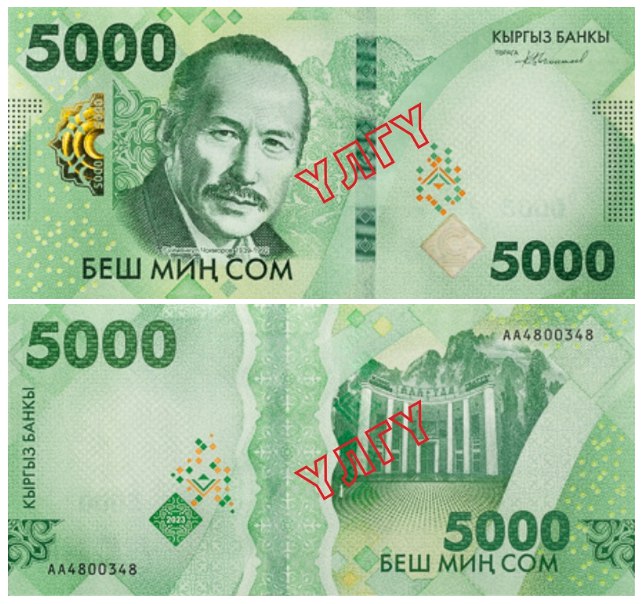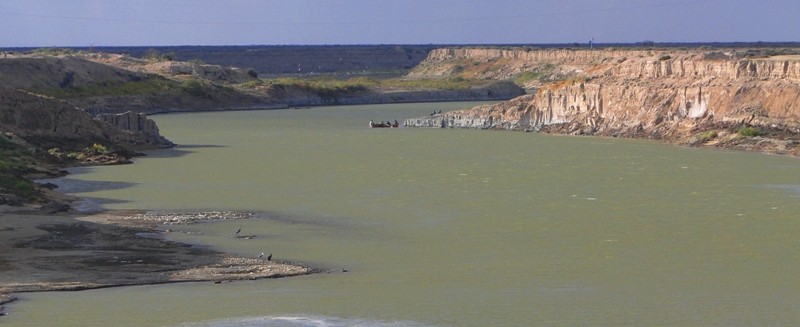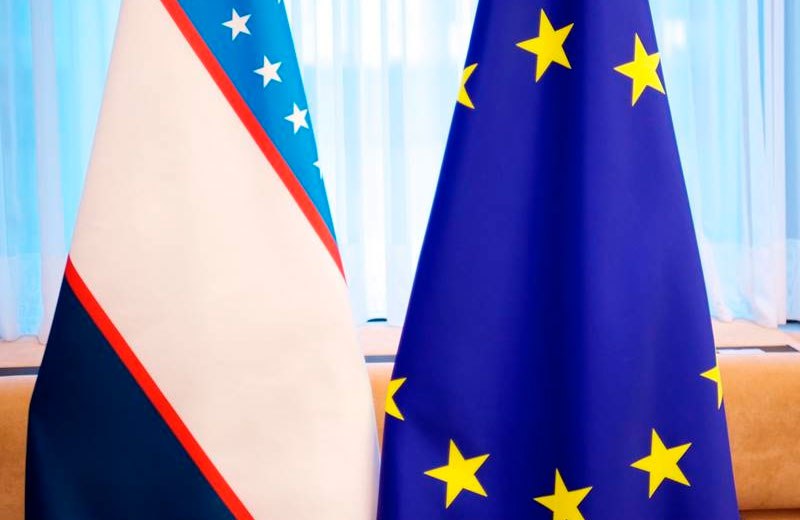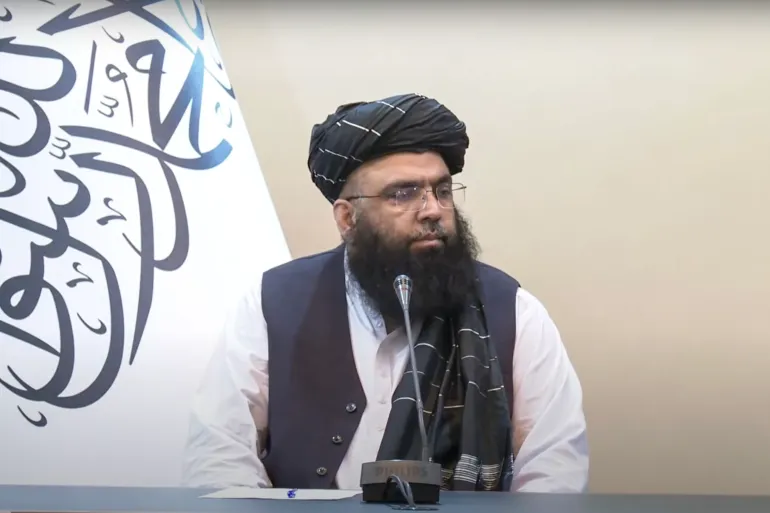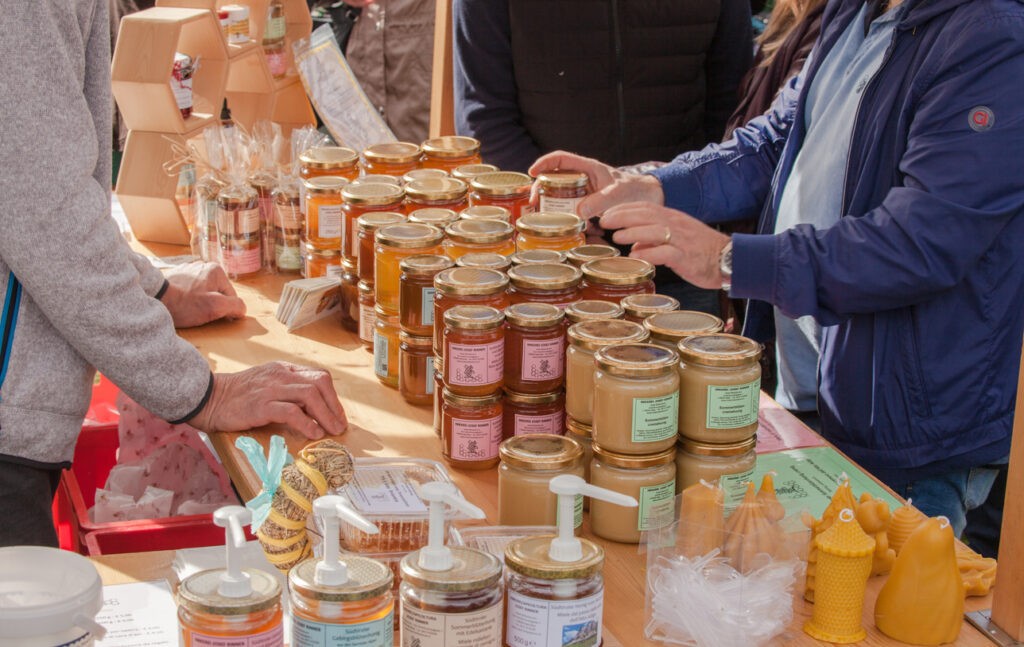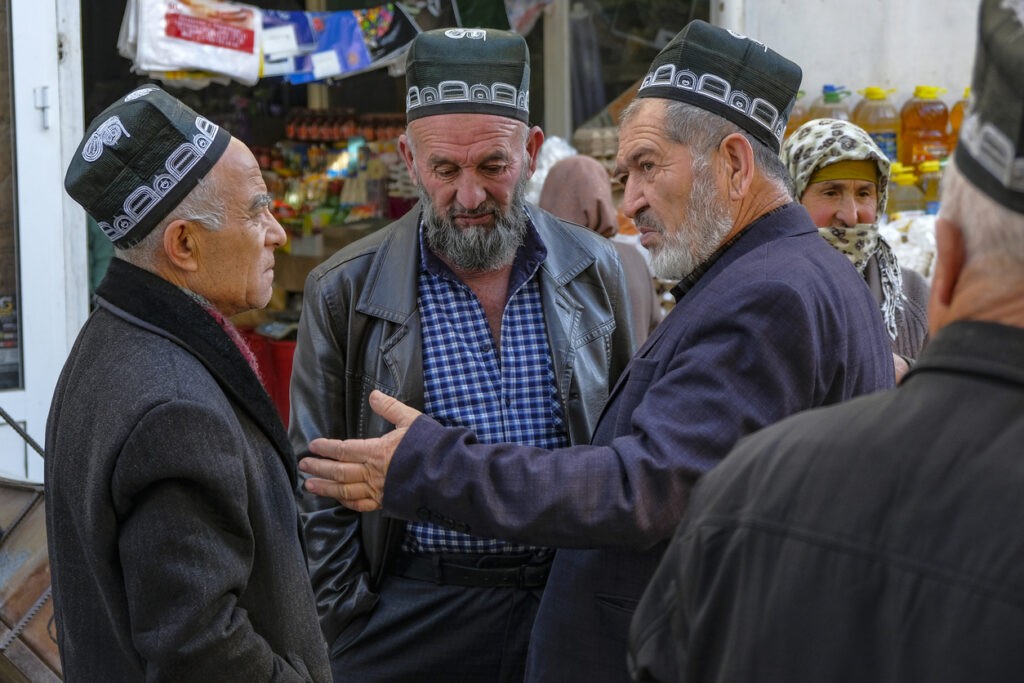Kyrgyzstan’s New 5,000 Som Banknotes Enter Circulation
A new banknote worth 5,000 som (U$56.60) has been put into circulation in Kyrgyzstan starting today, the National Bank of the Kyrgyz Republic has announced. The 5,000 som banknote is part of the new fifth series of the national currency, produced from a 2023 sample, and went into circulation on May 10, 2024. The new banknote contains a portrait of the renowned Kyrgyz actor and artist, Suymenkul Chokmorov on the front side, and a depiction of the famed movie theater, Ala-Too, on the obeverse. The main color and size of the banknote has remained unchanged. "The banknote of 5,000 som nominal value contains a three-level complex of modern security elements, providing reliable protection against counterfeiting. All banknotes of the national currency have the status of official means of payment in the Kyrgyz Republic and are subject to mandatory acceptance as a means of payment regardless of the year of issue," the national bank's press service stated. The first series of banknotes of Kyrgyzstan's national currency were introduced on May 10, 1993. The exchange rate then was set at 200 Soviet rubles to one Kyrgyz som.


